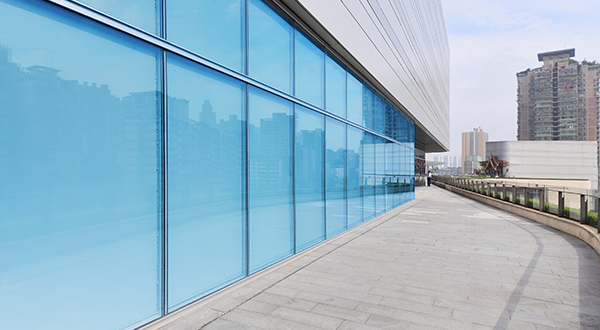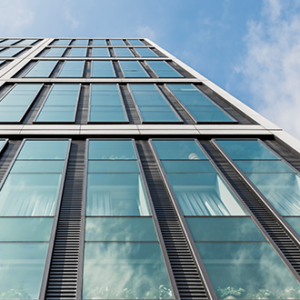Addtional Info:
Unitized structural glazing represents a specialized approach where prefabricated modules, typically one mullion bay wide and one floor high, are assembled and glazed offsite before being installed on the building’s exterior. Although the initial engineering and tooling costs for this system are substantial, they become more economically viable for larger projects due to efficiencies gained through repetition. With pre-assembly and factory glazing, this system significantly reduces on-site labor and erection expenses while promising a quicker installation period compared to the stick system.












